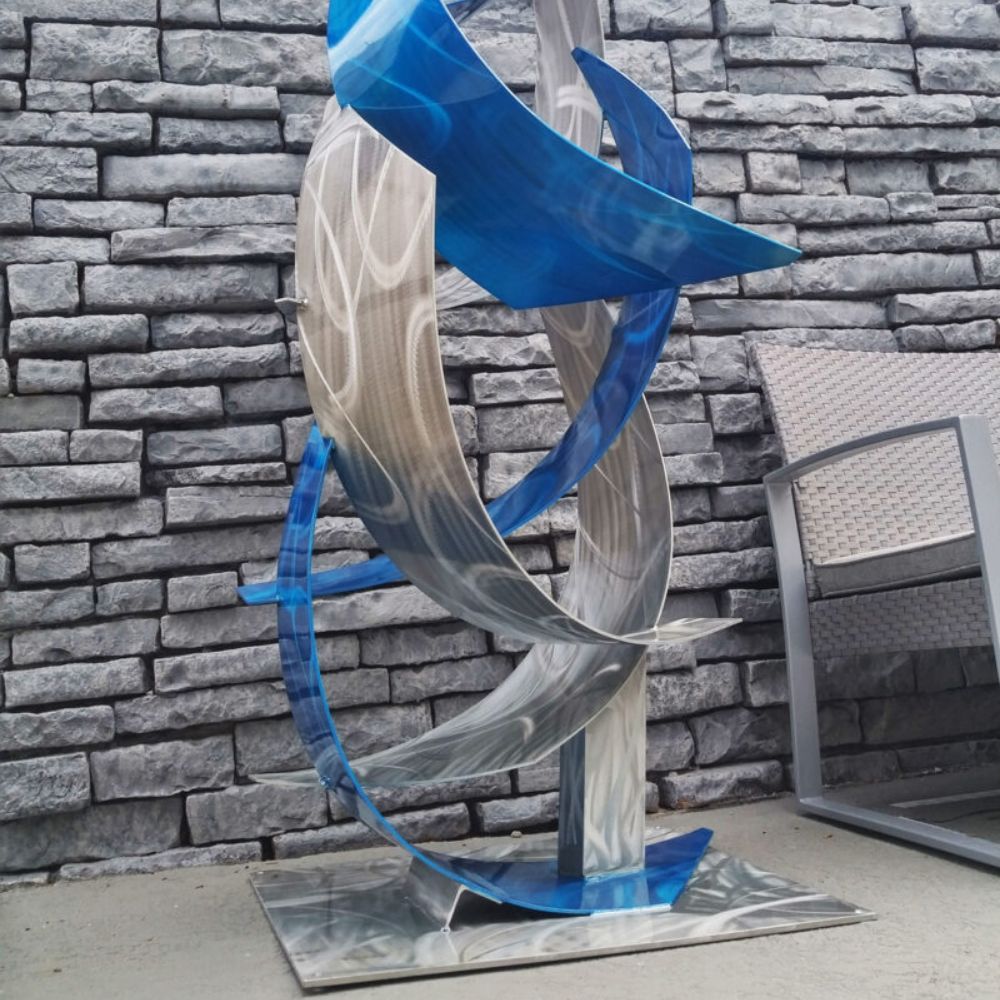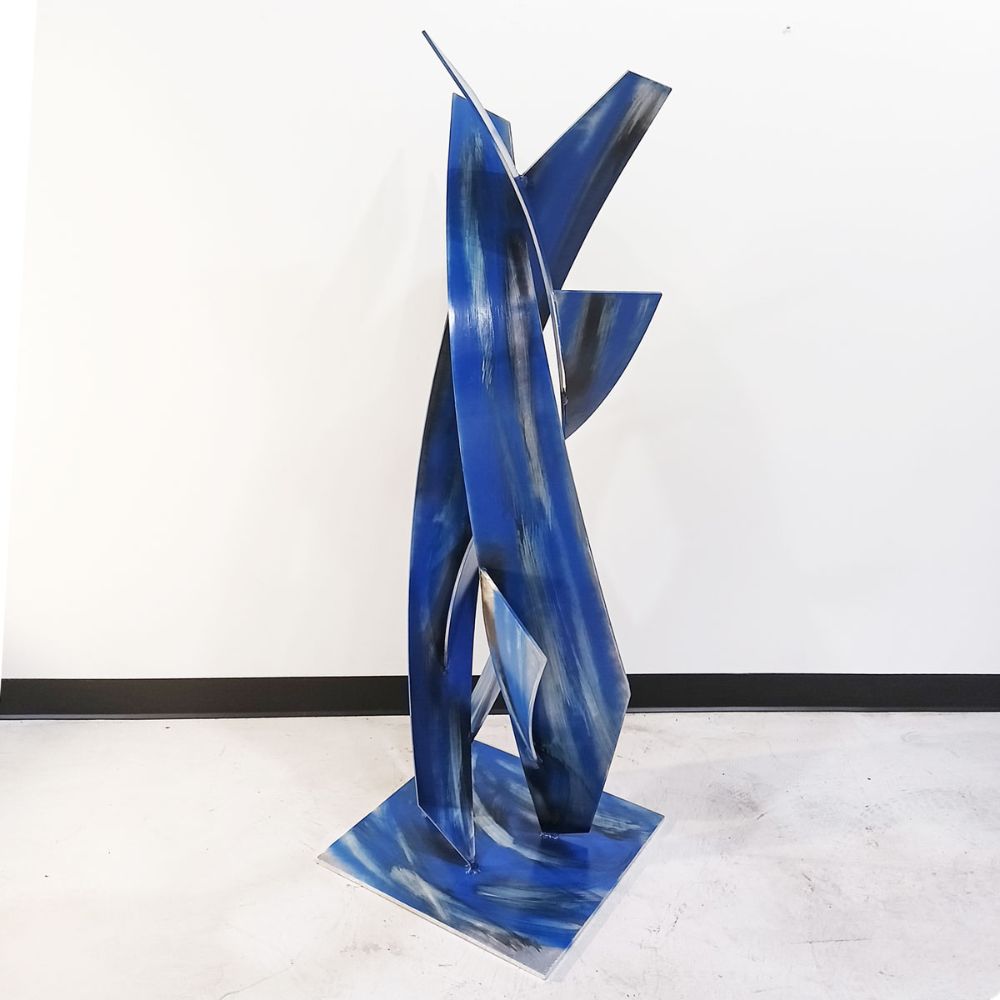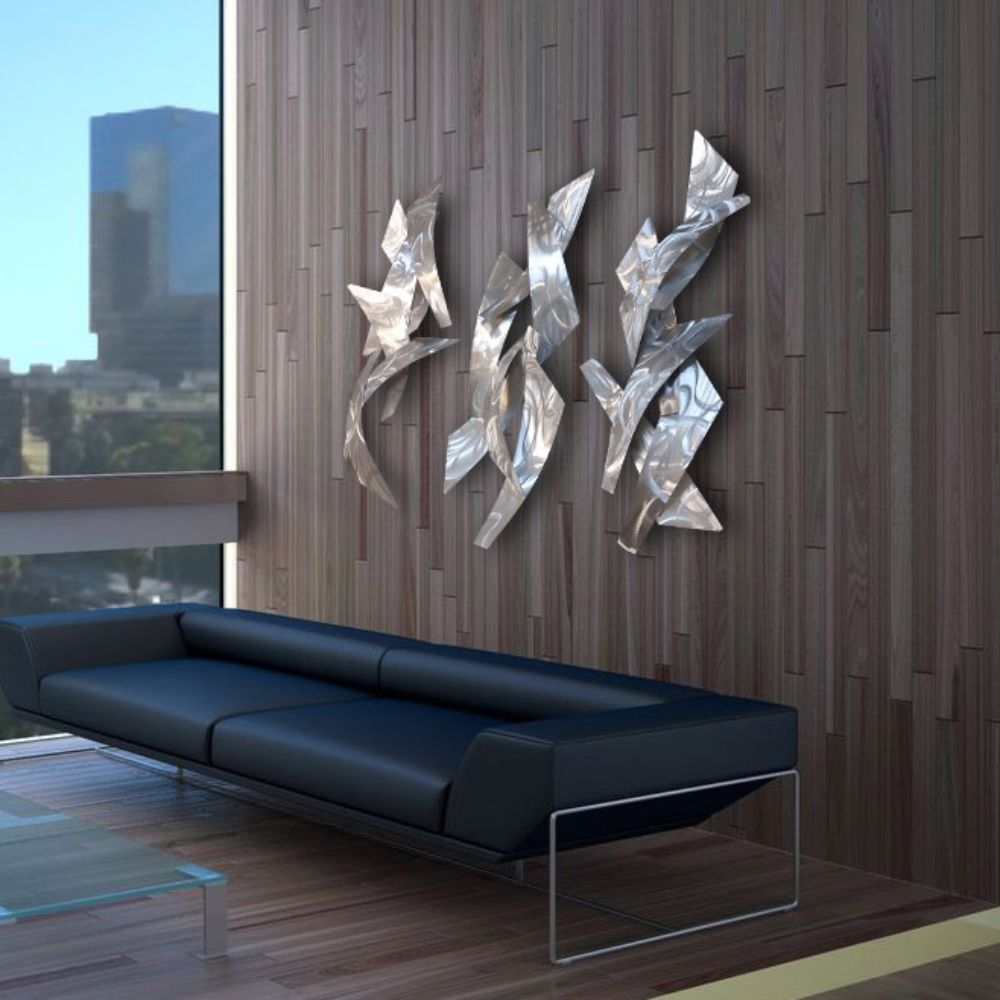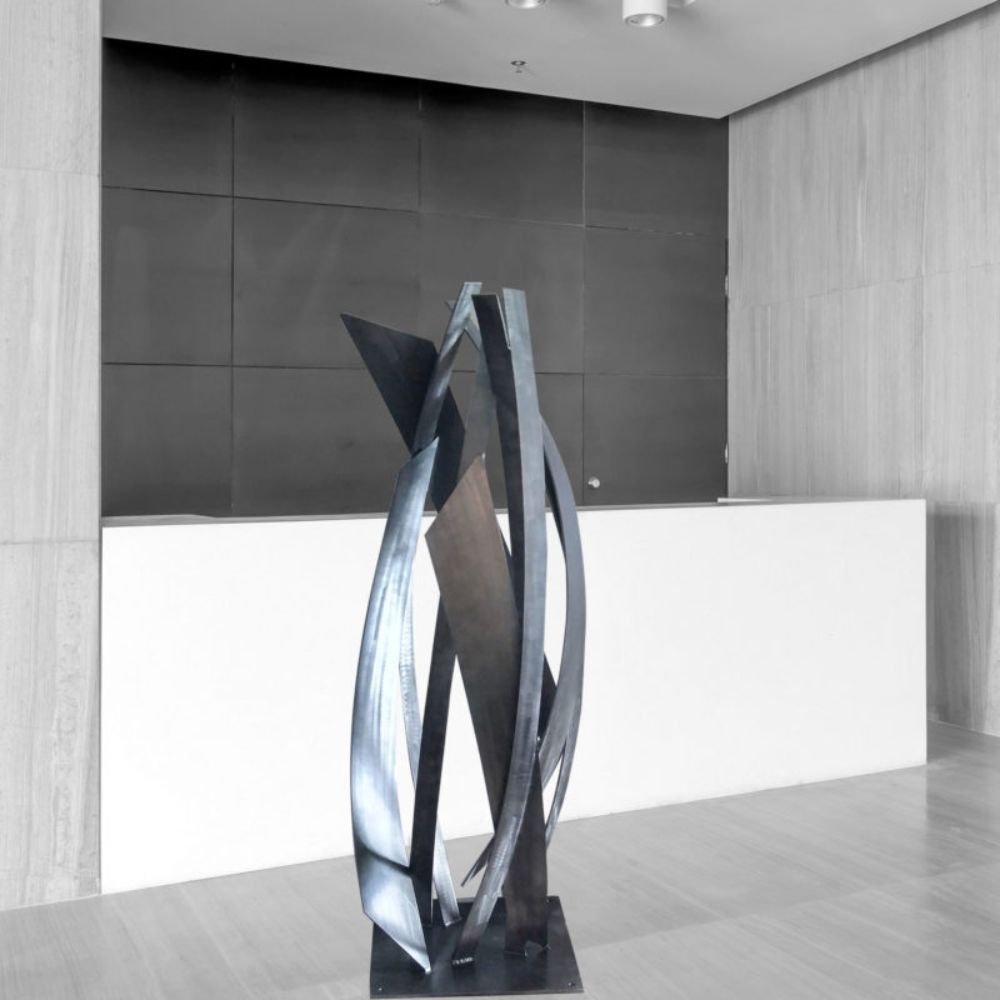
5 Common Surface Finishing Treatments for Metal Sculptures
When you finish painting a wall or sanding down a wooden table, you add a coat of finishing to seal, enhance, and protect your final product. Similarly, metal sculptures require surface treatment to elevate and preserve their artistry. Check out the most common surface finishing treatments for metal sculptures and learn about their importance in sculpting.
1. Standard Matte
Finishing treatments provide both functional and visual enhancements. The main purpose of matte finishes is their aesthetic look. Matte treatments remove shine and gloss, making sculptures appear more subdued, non-reflective, and velvety.
Another staple of matte finishes is that they enhance colors, as the removal of glass makes pigments seem deeper and richer. Matte finishing treatments are especially popular in contemporary and modern artistic styles.
2. Brushed Texture
Brushed finishing treatments add textures. Brushing involves using a metal wire brush to lightly scratch the sculpture’s surface. This treatment finishing is very popular on stainless steel and other resilient metals. The strokes created form a distinct visual effect on surfaces (thin, small, thread-like lines), improve the material’s quality, and alter the way a sculpture feels.
Brushed surfaces hide and prevent scratches as well as feel a little rougher to the touch, reshaping a person’s experience with the sculpture. The small divots from the brush strokes also add dimension to a sculpture as the scratches fill with shadows while the raised surfaces capture light.
3. High Polish
High polish treatments create an opposite effect to their matte counterparts. Polished finishes shine and reflect light. They have a satin and mirror-like appearance that glows in the sunlight and reflects the colors of the sculpture’s surroundings, making polished finishes perfect for outdoor pieces.
High polish finishes are popular with abstract, modern, and professional sculpture designs, offering lots of versatility and potential for metal sculpture artists. The shine from the polish also adds value to metal sculptures as it makes them look fancier, like sparkling jewelry.
4. Paint and Spray
Color is an essential artistic concept. Varying hues embody different meanings and create an array of visual effects. Metals don’t come in a lot of color variations. Car paint and spray paint finishing treatments allow artists to add color to their pieces while also sealing the metal’s surface with a protective top layer. Most paint finishes also include protective properties in their solutions, offering weather- and scratch-resistant qualities. All paint finishes can come in both matte and glossy.
5. PVD Coating
Physical vapor deposition (PVD) coating is a more complicated finishing process. Similar to another finishing process called chrome plating, PVD coating involves using other metals to form a thin protective surface layer on metal sculptures. The chosen metals seal the sculpture’s surface by a vacuum chamber and remain on surfaces for many years.
The many common surface finishing treatments for metal sculptures shape the way a sculpture looks, feels, and functions. The chosen surface finishing treatment greatly affects the final product you get to enjoy. Dustin Miller uses the best finishing treatments on his large metal sculptures, making sure you get to relish an aesthetic, durable, and top-quality art piece. Check out his pre-existing designs, or contact the Dustin Miller Gallery today to put in the works for a custom sculpture.





